What does the future hold for us?


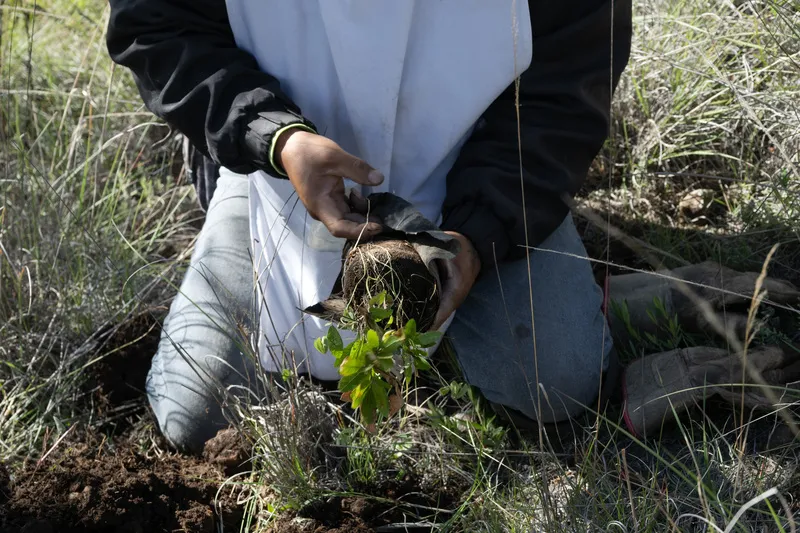
We started this series of articles learning about the different alternatives that we as humanity create to mitigate and adapt to the effects of climate change. By mitigation we mean the reducing the impact of climate change through the reduction and sequestration of greenhouse gas (GHG) emissions, whereas by adaptation we refer to the appropriateness of current models to deal with the consequences already present. We know that combating the climate crisis is a priority, and that protecting and restoring ecosystems must be at the forefront of all efforts, as well as the adoption of more efficient and renewable energy generation technologies at human scales, so now it would be pertinent to ask ourselves, How can the adoption of these strategies be measured on a planet in crisis and in constant change?
First of all, in order to answer that question, it is important to be able to measure the success of such strategies in order to ensure that the benefits they bring are present. Based on the above, we can talk about progress and activities can be prioritized, therefore, it is necessary to determine metrics in terms of biodiversity, mitigation and adaptation.
On the one hand, the most generalized way of measuring the different strategies of mitigation is through the systematic counting of emissions (in terms of tons of equivalent carbon dioxide [tCO2e]) and their constant sequestration from the atmosphere. In the same way, we must take into account the adoption of renewable technologies within total energy generation, since today fossil fuels are still the majority of the Mix total energy generated; approximately 81% worldwide according to the International Energy Agency (2022).
On the other hand, in terms of refitting, measurement is more complex. To be carried out, social, economic and biological variables must be measured in a specific area before and after the implementation of adaptation activities. For example, to reforest, you must choose a location where you are certain that the specimens will be able to grow and thrive. Once the reforestation has ended and the forest has grown, it must be measured how this action benefited the ecosystem and neighboring populations. Some common indicators are the amount of water infiltrated into the subsoil, soil formation and regeneration, the increase in forest area, the increase in biodiversity, the economic income of neighboring communities and the generation of resilience and capacity in the face of climate change. The United Nations Framework Convention on Climate Change (UNFCCC) develops national adaptation plans with its members. In turn, it is responsible for measuring the “world balance” (Global Stocktake, in English) which aims to review the effectiveness and progress of adaptation plans worldwide.
Once we know how to measure whether adaptation and mitigation strategies bring benefits, a new question arises, How are we doing in terms of its implementation? How much do we have left to do? To answer this, we will review the 9 measures that we mentioned in the previous article and we will talk about the advances in each of them.
1. Energy efficiency and use of renewable energy. In general, the adoption of renewable energy is still at very low levels worldwide, even in the countries that lead its implementation. According to the United Nations (UN) 2022 Sustainable Development Goals report, only 17.7% of the total energy consumed worldwide is generated by renewable sources. However, according to McKinsey (2022) the energy transition is happening and will show results within the next few decades. In his report, he mentions that renewable energies are growing at a rapid pace and that fossil fuel consumption will peak around 2025, after which it will begin to decline. By 2050, renewable energies are expected to have an 80 to 90% share of the total electrical energy generated. Unfortunately, this transition is taking place mainly in countries of the global north. According to the above-mentioned UN report, investment in renewable energy is slowing down in countries of the global south as there is more investment risk due to political, economic and social instability given the lack of infrastructure, impunity and complex social problems.
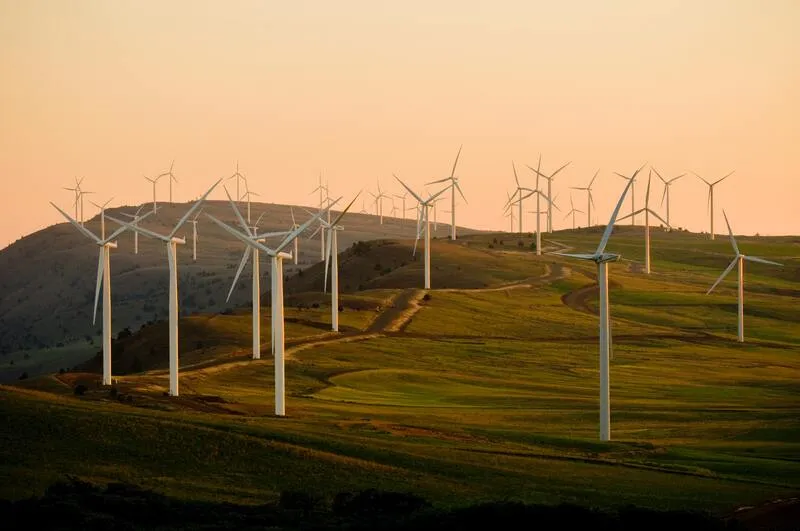
2. Promote public transport and sustainable mobility. According to the UN (2022), annual passenger traffic will increase by 50% between 2015 and 2030, and the number of cars on the streets will double. However, only 37% of urban areas have public transport services. Worse yet, most of these public transports are still dependent on fossil fuels. However, there are sustainable mobility initiatives worth noting: in Mexico City, EcoBici has integrated bicycles as an essential part of mobility in some areas. Nowadays there are 687 stations and 9,300 bicycles in use, which reduce the environmental impact of mobility in the capital (Ecobici, 2022) which, despite benefiting a small sector of the population, are helping to transform the public transport system. There are also other initiatives in Latin America for the development of sustainable transport. La International Finance Corporation of the World Bank provides advisory and financing services throughout Latin America and the Caribbean to provide more efficient services to citizens, improve transport infrastructure and generate investment. They currently support bike lane, metrobus and cable car projects that better connect citizens in 6 different cities. Unfortunately, the UN determines that there is still a lot of work to be done to increase the availability of useful, safe, reliable and sustainable public transport.
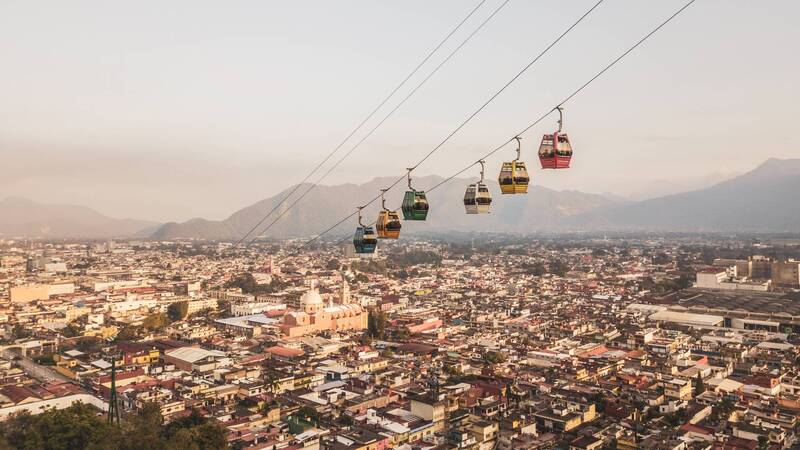
3. Promote industrial ecology. Measuring the adoption of industrial ecology is really difficult, since many companies do not make their information public and many others only reveal plans to be perceived as sustainable, contributing only to Greenwashing and not to a profound and fundamental change. However, the Science-Based Objectives initiative (SBTi, for its acronym in English) works with more than 3,000 corporations worldwide to reduce emissions according to the science behind climate change. With activities that range from advising on the consequences of environmental impacts, to generating action plans and monitoring emissions, companies and corporations that want to delve into a climate strategy can do so with the certainty of their impact. You can check out these companies hither. On the other hand, there are innovative initiatives such as CISKA (Circular Industrial Symbiosis Parks in Scandinavia), an industrial park in Denmark and Sweden that operates under circular economy schemes, recycling, renewable energy storage and innovation in sustainable businesses. This tells us that there is a growing interest in private initiative to know and reduce environmental impact and to change business models towards truly sustainable ones. However, it is necessary that these measures begin to be implemented on a large scale, in a collaborative, intersectoral and transversal manner, and not only in isolated projects or countries.

4. Taxes on the use of fossil fuels and on CO2 emissions. According to the World Bank (2022) there are 68 carbon pricing instruments in 46 nations around the world. Of these, 36 carbon tax regimes and 32 emissions trading systems (ETS). These regimes set a limit on the amount of greenhouse gases that can be emitted through negotiable emission permits. In emissions trading systems, companies can buy and sell emission units, in order to achieve their neutrality. On the other hand, defining the price of a ton of carbon is not an easy task. Tol (2019) proposes prices by country taking into account variables such as the amount of GHG emissions, the revenues of each region, the effects of global warming by location and other social and economic variables. Using this method, Tol (2019) proposes a global carbon price of $24 per ton of carbon [$/tC] or $88 per ton of carbon dioxide [$/tCO2e]. However, these prices may fluctuate depending on the variables used for their calculation. In reality, the prices per ton of carbon or carbon dioxide on average are lower and fluctuate a lot between countries, for example, in Poland the tax for tCO2e is less than one dollar while in Sweden it is $137/tCO2e. This tells us about progress in terms of taxes on CO2 emissions, however, there is a path of opportunities for their correct implementation and regulation. That said, many nations have even other priorities above these. In the global south, social and gender inequality, as well as environmental degradation are important factors that delay the proper management of carbon, and on the other hand, in countries of the global north, migration is an important factor to resolve. All these situations must be solved as a matter of priority because they prevent progress in legislation such as taxes on GHG emissions in the world.
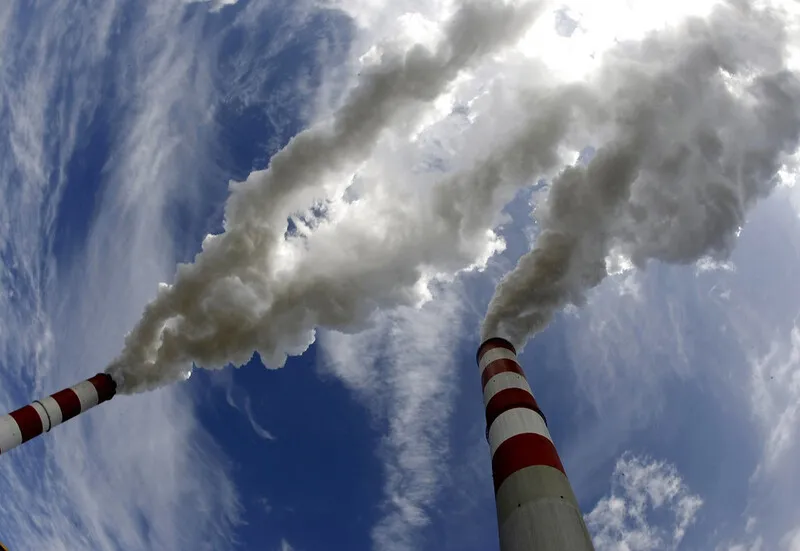
5. Sustainable infrastructure. There are cities in the world that have already implemented many systems to ensure their sustainability. Demanding sustainable construction licenses such as LEED and BREEAM, collecting much of the solid waste (preventing it from ending up in bodies of water, ravines and forests), recycling plastics, aluminum and paper, generating energy with organic waste, ensuring that air quality is within accepted limits, opting for materials that are obtained from a source that is less polluting and harmful to ecosystem health, and even monitoring that noise pollution is minimal. For example, Zurich, which is classified as the most sustainable city according to Iberdrola, has made a commitment by 2050 to consume 2,000 W of renewable sources per capita, focusing on energy efficiency, bioclimatic architecture and educating its inhabitants. On the other hand, there is Singapore, which is the second most sustainable city in the world and the first in Asia. This city aims to make 80% of buildings “green” by 2030, which implies that buildings are -almost- self-sufficient in terms of energy and that they are made of recycled and recyclable materials. Unfortunately, this happens mainly in countries of the global north, while in the rest of the world the number of homeless people continues to increase; air quality in cities continues to be a major cause of respiratory problems and waste is not properly collected or separated, so it contaminates soil and water with toxic materials that affect the health of nearby populations. Additionally, the UN estimates that 70% of humanity will live in cities by 2050. This tells us that the forecast is not the best, we don't seem to be close to reducing the environmental footprint of our cities and we continue to grow at a rapid pace.
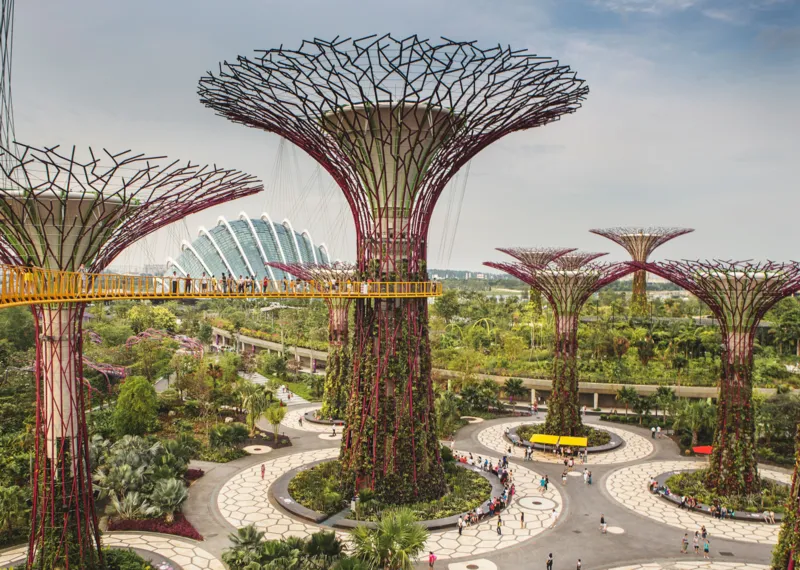
Source: National Geographic
6. Reforestation and ecosystem restoration. According to the UN (2022) the area covered by forests worldwide is still in decline (although the pace has slowed down in the past few decades). Forest cover has increased in Asia and North America, but in the rest of the world it is vastly decreasing. 100 million hectares of forest have been lost in the last 20 years. This is alarming! Agriculture remains the main cause of deforestation, being responsible for 90% worldwide (UN, 2022). For this reason, there are many organizations working together on reforestation projects. In Chile, a program was recently launched - one of the largest in Latin America for the reduction of emissions due to deforestation and forest degradation (REDD+) - which, together with FAO and the Green Climate Fund, are dedicated to managing and protecting more than 25,000 hectares of native forest, which will benefit more than 40,000 people (DW, 2022). Although REDD+ is a robust and ambitious financing program, its main problem is that even the carbon market that supports this strategy is not fully developed, so a first step continues to be to fight for a fair and transparent market; in Mexico, there is an enormous effort by some ejidos and agrarian communities to safeguard their forests and ecosystems, organizations such as Toroto himself are responsible for strengthening the carbon market to truly do quality climate action, and some others, such as Reforestamos Mexico, do an important task in protecting and regenerating these remnants of vegetation.

Reforestation carried out by Toroto as an implementing partner of the program Firme Waters, operated and financed by Grupo Modelo and the German Cooperation for Sustainable Development (GIZ) GmbH
7. Crop diversification. There are several initiatives in the world that instill a little hope for the future, since they contribute to the adoption of more environmentally friendly agriculture techniques, that is, agroecological or regenerative, and that help build capacity and resilience to climate change. For example, the FAO Sowing Capacities program in Brazil and Colombia shares traditional agriculture techniques between communities, such as the Amazonian Chakra system, the Zenú hydraulic amphibious agriculture system, and the cane and viche production system in Atrato (FAO, 2018). Other resources help us to make visible the sustainable techniques used locally, such as The Almanac of Food Sustainability in Mexico City 2022 (UNAM, 2022), which contains information on the processes of obtaining, selecting, distributing, marketing, preparing, consuming and recycling food produced and consumed in the Basin of Mexico, making visible the system that feeds more than 10 million people daily. Despite these major initiatives, monocultures are unfortunately still the predominant form of agriculture; the fight will be long but it is being won.
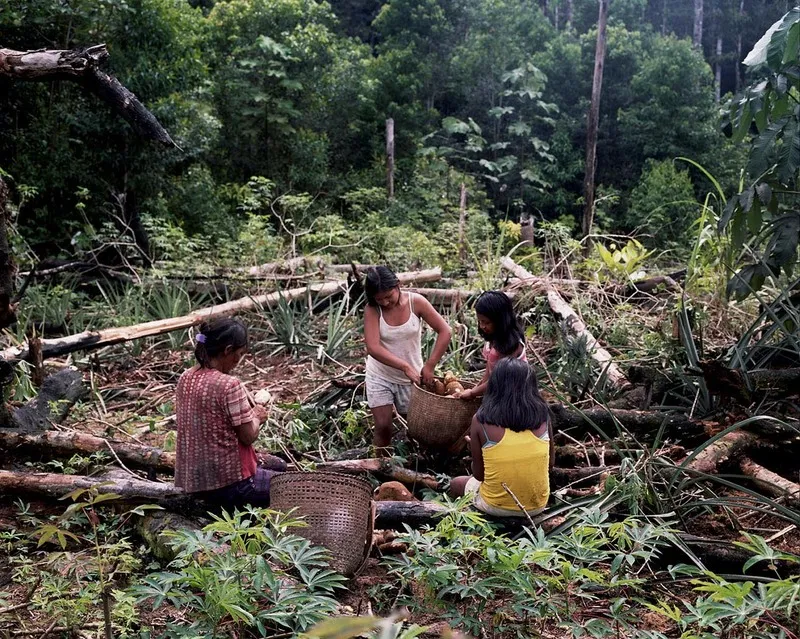
8. Research and innovative solutions to prevent and manage natural disasters. Many organizations worldwide are doing research to better understand ecosystems and to be able to create solutions through them. Ecosystem-based adaptation, as well as nature-based solutions (SBN) are finding ways to improve people's quality of life and conserve resources and services. For example, mangrove reforestation provides coastal populations with a way to restore their ecosystems, protect themselves from cyclones and hurricanes, sequester carbon, have enough food in their seas and safeguard biodiversity. Another example is SBN such as those that Toroto has designed and implemented: in the specific case of the Apan Valley, they were carried out conservation works to infiltrate water into the soil and prevent soil erosion, which helps ecosystems to regenerate and build resilience, to protect bodies of water downstream and prepares communities to protect themselves from droughts and floods. Just like these, there are many initiatives worldwide that study ecosystem, social and economic needs by location, and develop plans that seek to create synergies between society and nature to ensure that both prosper together. An initiative in the near future that is very encouraging is the Global Stocktake (GST) of the UNFCCC. This program makes it possible to evaluate collective global progress in terms of mitigation, adaptation and the means to support and implement them. Their reports will inform countries on how to improve and update the actions that are being carried out, and promote international collaboration to address these problems. This represents one of the greatest efforts at the international level, unfortunately there are still no results from these working groups since the first GST began only in November 2021 and is scheduled to end in November 2023.

9. Develop action plans for climate emergencies. Emergency action plans must be developed locally in communities that are prone to experiencing them. For example, the Red Cross works with the International Research Institute for Climate and Society to develop local emergency plans across West Africa and to deal with flooding caused by extreme rainfall. According to the UN (2022), between 2015 and 2021, the number of countries reporting the existence of such strategies nearly doubled, increasing from 51 to 98. This caused the number of local governments that have adopted such plans and strategies to increase from 51 to 66%. Being prepared is the best way to face adversity, it is necessary to continue creating plans that are intertwined, generating resilience in communities systemically and in the long term; plans that link the owners of the land and the inhabitants of the territory with the urgency of facing a climate crisis that affects us all.

Toroto working hand in hand with the owners of the land
After reading this, it seems that the forecast is not the best, however, this only means that we must work even harder to build the planet that we want to continue inhabiting. Sustainability encompasses an intersection between environmental, social and economic well-being, so to generate real change, we must address these spheres fully and constantly ensure that none prospers above the other. According to the UN and the Intergovernmental Panel on Climate Change (IPCC), it is still possible to avoid the worst consequences of climate change., but investment in this transition must grow, especially in the global south. A good practice should be to continue with the demands of governments and corporations, stressing that current business models be modified to consider the environment and the people who inhabit those territories. Beyond doing our best, we must be aware that real change is a root and systemic change. A change that involves all of us and not just a few. An intersectoral change, where both governments and industries can collaborate and feed back on the needs of society and ecosystems. If we want to ensure a future for ourselves and the other species on this planet, we must start with Act now.
About the author:
Alejandro is a contributor to the Toroto blog. He is passionate about sustainability and social advocacy. He currently works as an independent consultant. He studied Industrial Engineering and is a Master in Energy and Environmental Sciences.
Explore reflections, research and field learning from our work in ecosystem restoration.